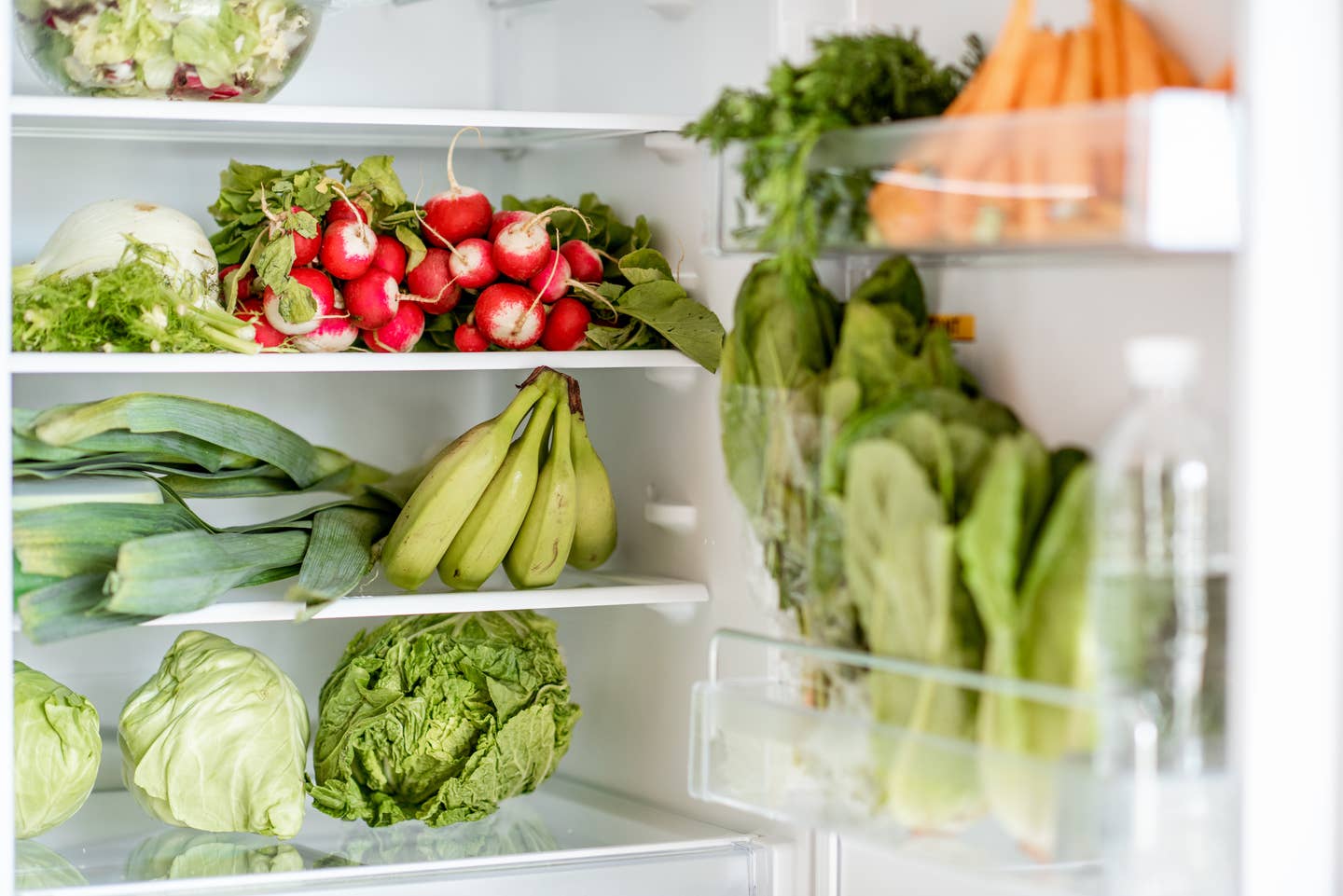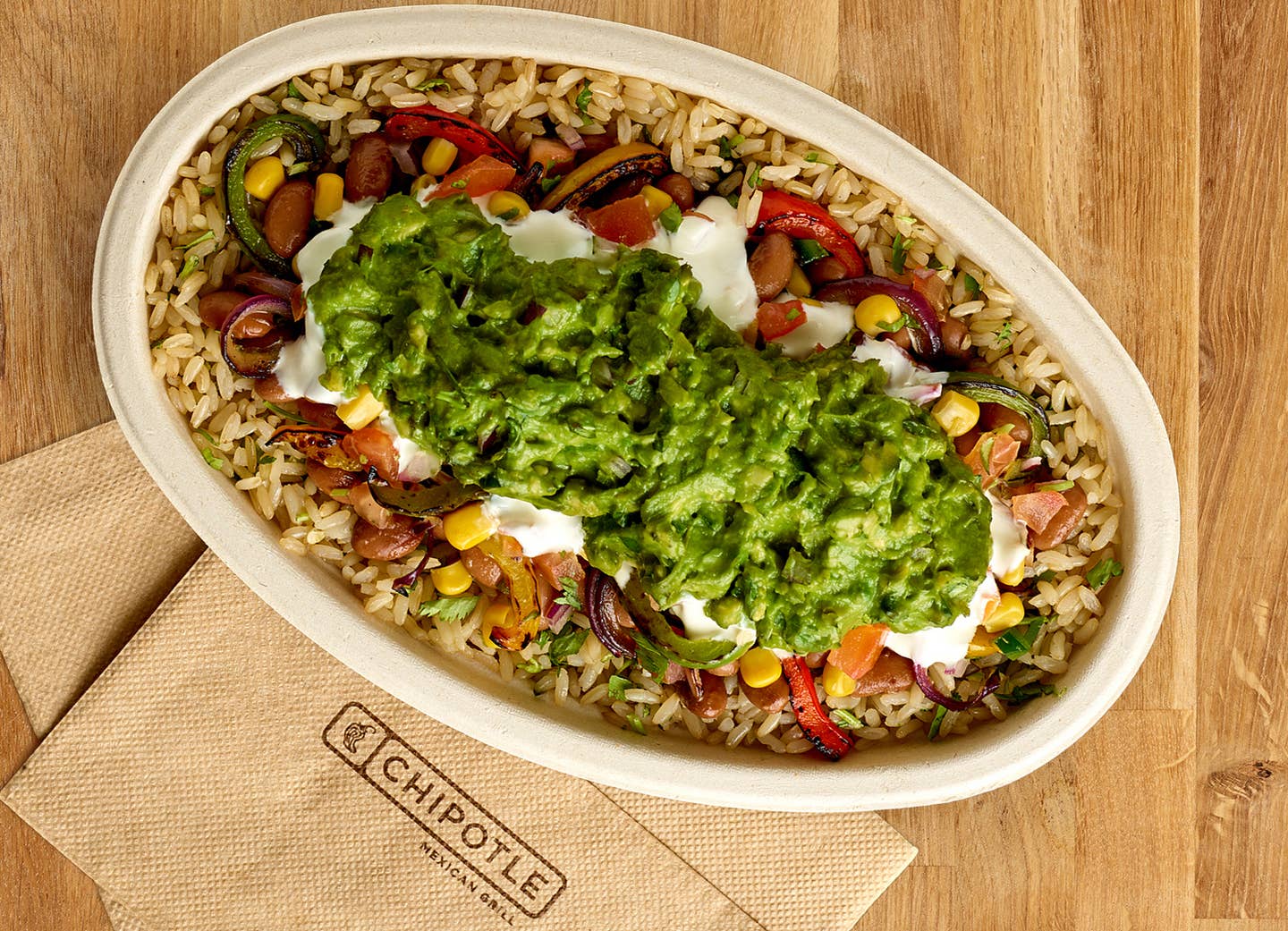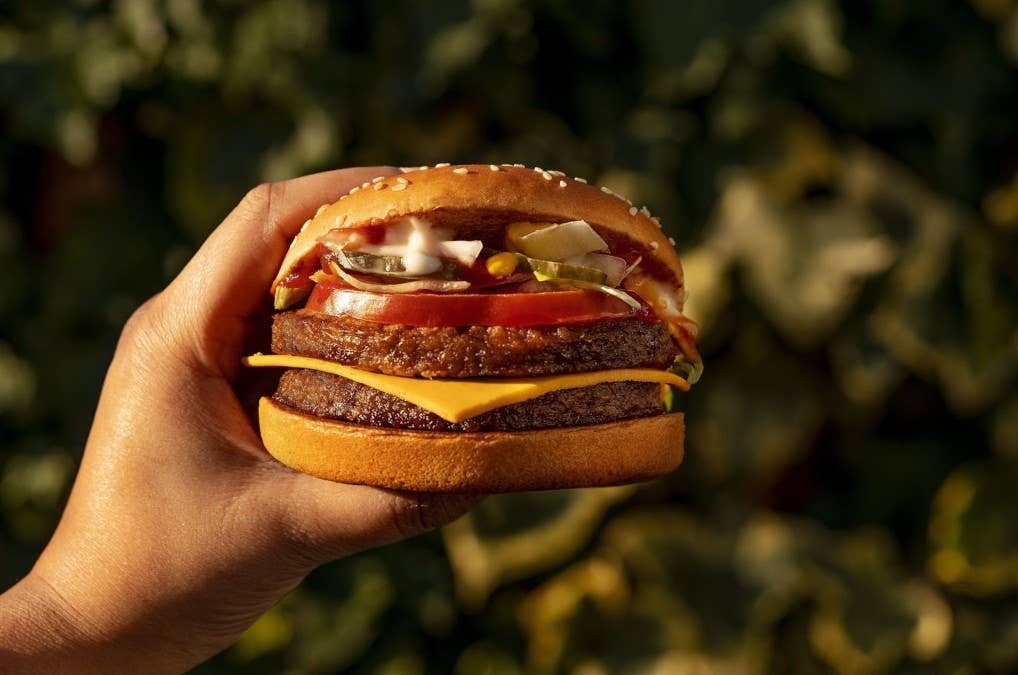
Save 30 Percent On Groceries By Switching to a Plant-Based Diet
Plant-based eating is not only easier on the body and the planet, but also on the wallet, new research suggests. Oxford University just released a study called “The Global and Regional Costs of Healthy and Sustainable Dietary Patterns” which explores the cost-effectiveness of the most sustainable diets as compared to traditional cuisines of 150 countries. Adopting a plant-based, flexitarian, or vegetarian diet is an affordable decision, especially if you live in the US or another Western country.
The research rank vegan diets as the most affordable sustainable diet, followed closely behind by vegetarian diets. The study intends to determine the practicality of a plant-based diet regarding cost, especially as talks about worldwide plant-based measures become more popular. The researchers set out to prepare an economic perspective for the accelerating plant-based movement to accompany the widespread health information.
“We think the fact that vegan, vegetarian, and flexitarian diets can save you a lot of money is going to surprise people,” Oxford University researcher Dr. Marco Springman said. “When scientists like me advocate for healthy and environmentally friendly eating, it’s often said we’re sitting in our ivory towers promoting something financially out of reach for most people. This study shows it’s quite the opposite. These diets could be better for your bank balance as well as for your health and…the planet.”
The study found that vegan diets can slash food costs by 25 to 29 percent, providing a significantly more cost-effective diet than traditional western diets. The plant-based market is rapidly increasing, meaning that accessibility to vegan foods is becoming easier worldwide. With motivators including the climate crisis and the COVID-19 pandemic, plant-based shopping continues to grow.
Another recent report from Bloomberg found that the plant-based food market is slated to surpass $162 billion by 2030 – multiplying four times its current value of $30 billion. Plant-based consumption is becoming more popular as it becomes clearer that animal agriculture and animal-based foods present substantial harm to both the planet and the body. While the market is exploding, the Oxford University researchers believe the next step is political action to promote plant-based foods and production.
“Affording to eat a healthy and sustainable diet is possible everywhere, but requires political will,” Springman said. ‘Current low-income diets tend to contain large amounts of starchy foods and not enough of the foods we know are healthy. And the western-style diets, often seen as aspirational, are not only unhealthy but also vastly unsustainable and unaffordable in low-income countries.
“Any of the healthy and sustainable dietary patterns we looked at are a better option for health, the environment, and financially, but development support and progressive food policies are needed to make them both affordable and desirable everywhere.”
The Oxford report also revealed that flexitarian diets – which ranked third in cost-effectiveness – reduce the price of eating by approximately 14 percent. Meat and dairy consumption is experiencing historically low levels. One survey found that nearly a quarter of the world’s population is cutting meat from their diets following the outbreak of the pandemic and the worsening environmental disasters. Companies and political organizations have worked to shift plant-based supplies and production to meet this widespread change.
"The COVID-19 pandemic made consumers more aware of the impact their individual actions have on society,” Senior Analyst at Euromonitor International Nozomi Hariya said. “An example of this are flexitarians, who reduce their consumption of animal products, and driving the growth of plant-based alternatives.”
The Oxford study highlights how many western diets have become routinely unsustainable. Low-income diets within the US can be linked to racial discrimination, food deserts, and a general lack of plant-based education. Earlier this year, New York City Mayor-elect Eric Adams requested that President Joe Biden and Vice President Kamala Harris address plant-based health, emphasizing it as a solution to food insecurity across the United States. He aims to promote plant-based eating as a primary method to fix the US’ nutritional deficit.
NBA star Chris Paul and pop icon Billie Eilish just helped release a documentary called They’re Trying to Kill Us that centers around how radial discrimination is explicitly tied to food security within the United States. The film – which premiered on November 11 – discusses how plant-based eating could help solve the nutritional deficit, high levels of disease, and food deserts in communities of color. The film can be watched from the website for $20.
You may think iron is synonymous with meat, and while animal protein certainly has it, that doesn’t mean you can’t get enough iron if you eat a mainly plant-based diet. In fact, you can, if you know the right foods to choose and how to pair them. The daily recommendation from the National Institutes of Health (NIH) for iron intake is 18 milligrams (mg), but not all iron sources are created equal. Here’s what plant-based eaters need to know about iron and which iron-rich foods are best to help reap the benefits.
1. White Mushrooms
1 cup cooked = 3 mg iron (17% daily value (DV))\There are many reasons to eat mushrooms on the regular, but their meaty texture (try a Portobello cap as a meat replacement for a burger!) and ample protein are two of the highlights. Add them to your stir-fry, tacos, or even instead of meat in a faux Bolognese sauce.
2. Lentils
1/2 cup = 3 mg iron (17% DV)You don’t need to eat a huge serving of lentils to get a hearty dose of iron. Just a half-cup provides close to 20% of the iron you need in a day. Just like mushrooms, lentils have a meaty texture that works well in burgers, tacos, or grain bowls.
3. Potatoes
1 medium potato = 2 mg iron (11% DV)The poor potato has gotten such a bad rap. Fear of this carb-rich spud is unwarranted because it’s actually an affordable and delicious source of iron and potassium. So go ahead and have that hash, baked potato, or potato soup and leave the skin on for some added fiber.
4. Cashews
1 ounce = 2 mg iron (11% DV)Most nuts contain iron, but cashews are a standout because they have less fat than some of the other nuts. One ounce of cashews (about 16 to 18 nuts) has 160 calories, 5 grams of protein, and 13 grams of fat. Add a handful of cashews to smoothies, soups, or sauces for some extra creaminess.
5. Tofu
½ cup = 3 mg (15% DV)Not only does tofu have plenty of protein and calcium, but it’s also a good source of iron. It’s very versatile and takes on the flavor of any sauce or marinade, making it a great meat substitute.Keep in mind that you can easily get the iron you need from a plant-based diet.
More From The Beet






